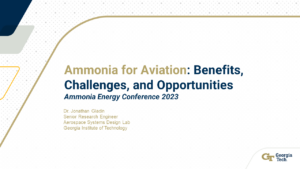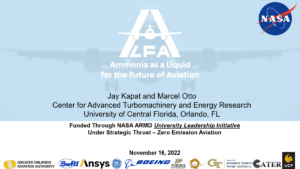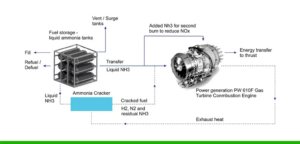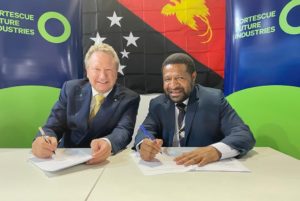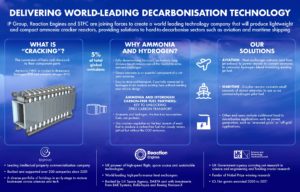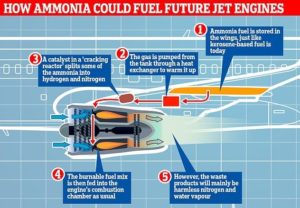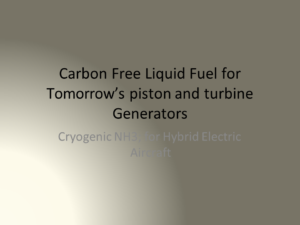Ammonia Aviation
Ammonia as a liquid for the future of aviation
Sunborne Systems: bringing keystone technologies to market for the global zero-carbon energy infrastructure
Aviation H2 chooses ammonia to develop carbon-free flight in Australia
Australia-based Aviation H2 have selected the use of liquid ammonia to turbofan combustion as the best pathway forward for developing hydrogen-powered aircraft. Based on the existing Dassault Falcon 50, Aviation H2 aims to have the converted aircraft in the skies by mid-2023.
NASA, Boeing, UCF to study zero-carbon ammonia jet fuel
A $10 million, five-year NASA University Leadership Initiative grant will allow an academic-industry team to develop new ammonia-fed jet engines. Researchers at the University of Central Florida will lead a team including collaborators from Georgia Tech, Purdue University, GE and Boeing. The proposed design uses liquid ammonia fuel, which is cracked to release hydrogen, which will be burned by the engine. The team is using the Boeing 737-8 aircraft as a baseline for the design.
Fortescue Future Industries powers ahead on green ammonia
Fortescue Future Industries has been hitting the Ammonia Energy headlines of late. All of these various announcements point towards a singular target, announced in June by Fortescue Chairman Andrew Forrest: the supply of 15 million tonnes green hydrogen to global markets by 2030. Taken on their own these are significant steps, but COP26 was also the stage for a number of other significant ammonia and hydrogen-related announcements by FFI. Over the last fortnight we've seen the launch of green ammonia production projects in Papua New Guinea, Jordan & Argentina, buyers announced for a full 10% of FFI's global green hydrogen production, a partnership to decarbonise aviation and more developments in the electrolyser space.
New UK joint venture for lightweight, modular ammonia crackers
Reaction Engines, IP Group, and the Science and Technology Facilities Council (STFC) launched a new joint venture this week at COP26 in Glasgow. The group will design and commercialise lightweight, modular ammonia cracking reactors to enable the use of ammonia in hard-to-decarbonise sectors, particularly aviation, shipping and off-grid power generation applications. The design will feature Reaction Engines’ heat exchanger technology developed for its SABRE™ air-breathing rocket engine. In this setup, exhaust heat is utilised to partially crack ammonia back into a fuel blend that "mimics" jet fuel. STFC will lead development of the cracking catalyst, with funding to be provided by IP Group.
Zero emission aircraft: ammonia for aviation
This week, Reaction Engines announced a “ground-breaking study” on ammonia as a fuel for zero-emission aircraft. This will soon be followed by a demonstration project, “integrating the technology into a ground-based test engine.” The study combines Reaction Engines’ heat exchanger technology with the ammonia cracking technology being developed by the UK’s Science and Technology Facilities Council (STFC). By partially cracking green ammonia to hydrogen, the resulting ammonia fuel mix “mimics jet fuel,” making it possible to adapt existing engines and aircraft to use zero-emission fuels. “This means a fast transition to a sustainable aviation future is possible at low cost.”
Carbon Free liquid fuel for tomorrow's piston and turbine generators
